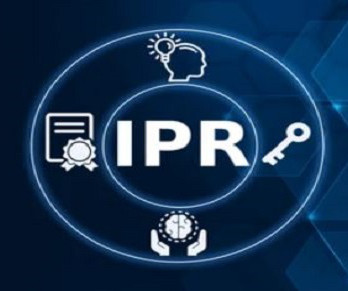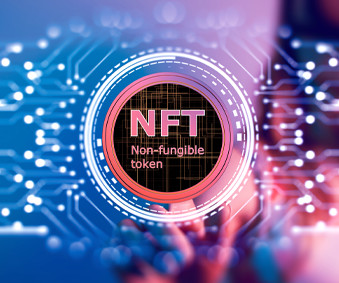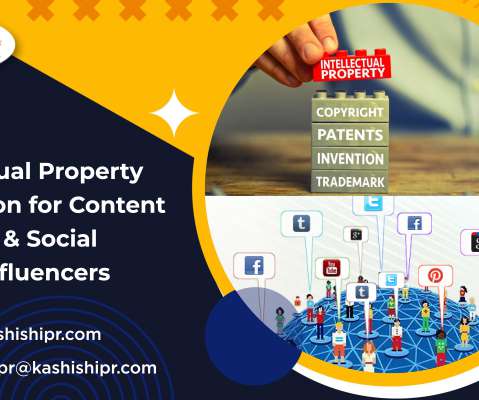Fashion In The Metaverse : The Law And Protection
IP and Legal Filings
JANUARY 31, 2023
[Image Sources : Istock] Metaverse- a Magnet to Fashion Brands Virtual worlds provide fashion brands with the opportunity to significantly cut down on the excessive resource consumption of lifestyle and create sustainability. The players can collect up to 30 NFTs in the game, 10 of which are designed by the artist Beeple [i].













Let's personalize your content